Click to view our Accessibility Statement or contact us with accessibility-related questions


















How To Design A GMK Keycap Set: An Introduction

search
close
Sort by: Newest
keyboard_arrow_down
TheAshenBlade
3
Sep 14, 2023
Sorry I'm a little late, great article! How much does it typically cost to create your own keycap set? And where do you typically get the keycaps manufactured at or submit the designs to..?
Lexxed
29
Dec 29, 2022
Nice article.
Another part on font selection would be good.
I still want a decent set with comic sans

sietai
154
Keyboard Club Member
Dec 15, 2022
@GMK_Andy I’ve own 3 sets of Jukebox keycaps lol (and it’s the only color scheme I have multiples of). Not sure how ownership of the color schemes work or if you had involvement is Tao-Hao and Mt3 jukebox, just wanted to say I’m a fan!

Ryan_V
12
Dec 15, 2022
Fantastic article, I'm already looking forward to the remaining pieces of the series. I'd say if there was one element to the hobby that I'd want to wear my Contributor Hat on, it'd be making a keycap set. This is highly informative. Thanks.
(Edited)

GMK_Andy
149
Dec 17, 2022
Ryan_VPlease let me know if you have any stuff you want to specifically hear about!

SIMOROBO
86
Dec 14, 2022
It would be interesting to know the implications of making a set such as the header image wob katakana where every alpha key was, I'm assuming, a custom mold. Do you need to run a group buy with 2x, 10x, 100x more sales than a conventional set?

SIMOROBO
86
Dec 14, 2022
Are there colors that are known to be more problematic or even impossible to achieve?

bcusynot
1
Jan 17, 2023
Specifically, what is a hyper-neon color you are unable to produce? And, is a not fully mixed plastic effect achievable on a GMK set?

GMK_Andy
149
Jan 17, 2023
bcusynotWhat do you mean? If you're selecting RAl or Pantone generally we can do it all, the neons being the exception due to materials in them.
No, we get our raw materials from a supplier in Germany that specializes in making and color matching the material. It comes mixed.
lfchawkeye
35
Dec 14, 2022
What is the expected production lead time on a GMK keyset these days? Is there a list of sets currently in production queue, by chance?

GMK_Andy
149
Dec 18, 2022
Yup! I will have actual numbers in a post after the holidays but we are producing ~2x the number of caps per month, as compared to last year at this time (~4-5 million caps compared to ~2.5 million) along with just adding a new sorting machine that will greatly improve the accuracy and speed at which sets can be sorted (this was a bottleneck). As I mentioned, I will provide real data here in a large post I'll share across communities after the holidays when the team has time to pull the real numbers for me.
rfmarves
3
Dec 14, 2022
What is that disk-like thing shown in the main picture, right above the keyboard?

GMK_Andy
149
Dec 17, 2022
rfmarvesProbably a metal tin that an artisan shipped in?
Honestly, not sure though!
Showing 20 of 27
PRODUCTS YOU MAY LIKE
Trending Posts in Mechanical Keyboards

NewmanDA9901
LOTR Keyboard with Hardcore keycaps?
Hello. Is there a way to get the DROP + THE LORD OF THE RINGS™ BLACK SPEECH KEYBOARD with only the HARDCORE BASE KIT keys? Without the English letters on it. I really want one but it would be awesome if it came with the hardcore kit installed. Thanks in advance!
May 2, 2024

mabyen
Battlestations
Black Speech keyboard
Looks and feels good and mechanical sound is great!
May 1, 2024

dovenyi
What is SpaceFN and why you should give it a try
The SpaceFN concept - setting up your space key as a layer switch when held - is probably one of the most useful tweaks in the keyboard hobby. Let me explain how it works. My SpaceFN article on kbd.news made some rounds recently - quite surprisingly given the age of this concept. This piece you're reading is a condensed version of the full post. If you're left with unanswered questions, you'll most likely find the info you're looking for in the original write-up. On my imaginary top list of the most useful keyboard features, tweaks and hacks, SpaceFN would deserve a podium finish for sure. But what makes it so special? In short: SpaceFN is easy to implement, easy to learn, costs nothing, can be used with any keyboard, and can improve your productivity instantly. I will list its benefits below, but can state right at this point that the SpaceFN concept, setting up your space key as a layer switch when held, is clearly one of the most useful tweaks in the keyboard hobby....
Apr 30, 2024

Ike4948
Silent Holy Panda X?
I ordered some Holy Panda X switches, and I fell in love with them. They are a joy to type on. There's just one problem. The place that I use my keyboard to type the most is obviously at work, which is a problem if I want to use the Holy Panda X in the office around a whole bunch of people. I really don't want to torture my coworkers with the clack of these switches. I'd rather they still liked me. The good news is that, for me, the actuation of the Holy Panda X is the best part. I could take or leave the sound it makes; even if it is fantastic. Which leads me to my conundrum: is there another "silent" switch that feels similar to the Holy Panda X? Is there a piece I can remove from the Holy Panda X that would allow me to make them silent? Or am I going to have to wait and see if Drop will drop a Silent Holy Panda X for the in-office mech community?
Apr 29, 2024

DaveKaretnyk
Mode Tempo with Red Samurai
Mode Tempo (60%) with GMK Red Samurai & Mode Lotus keycaps
Apr 25, 2024



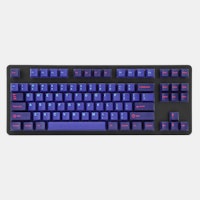
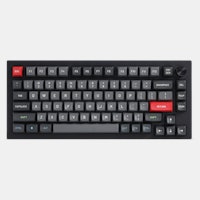
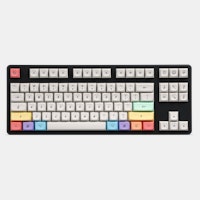
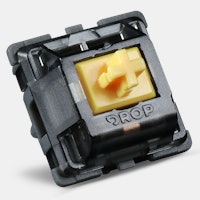
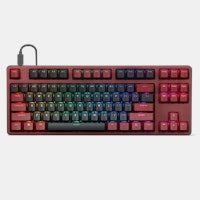
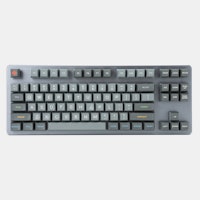
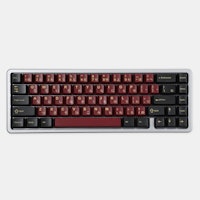
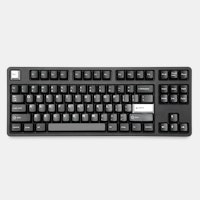
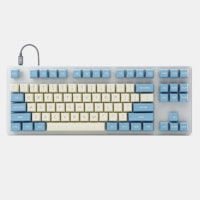
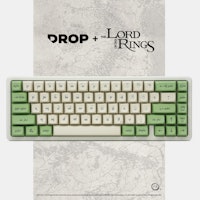



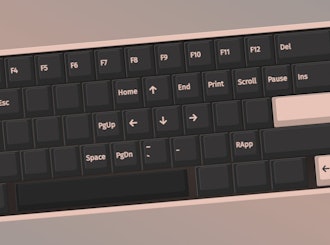


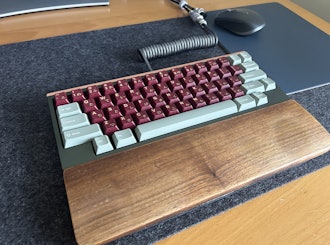
Basic Overview: Designing a keycap set from start to finish Creating a keycap set may sem deceptively simple, but there is actually quite a bit of nuance that goes into creating a successful set. To kick things off I want to provide a basic overview of the entire process, and I’ll be going further into detail on each aspect in subsequent posts. In these subsequent posts I will be concentrating exclusively on the requirements for creating a GMK keycap set, but in this introductory post I will speak in broader terms. I think it is important to understand all the choices you have when designing a keycap set.
Novelty Keys At the same time the IC ins happening, you should also be working on any novelty keys, new fonts, or special keys you want to add to the set. Not every set will need special keys (my old set GMK Honeywell was awarded the Deskthority “Set of the Year” for example, and it included no special keys or novelties). When designing novelties, be aware of any protected materials, especially if you are designing a set based off of an existing work (like a movie, book, show, etc). When designing new legends you need to keep in mind a few important details – most important what the specific manufacturing tolerances are for the caps you are using. For example, if you are creating a doubleshot keycap set, you can’t have novelties with more than 2 colors, or shading. Colors The final consideration for this stage is selecting the colors that will be used. This is often a deceptively hard part of the process. When selecting colors it is best practice to use either RAL or Pantone, with RAL being preferred as it is intended to be used for plastic manufacturing. When working with colors there are a few things you should be aware of. First – make sure you calibrate your monitor, and always check your work on as many different screens as possible. If you are using a “gaming mode” or some high contrast mode, turn it off. Colors on the screen never translate perfectly to how colors will look in real life, which is why I always suggest getting sample plastic chips if possible. Anytime I use pantone colors I always get the samples. These allow me to look at the colors and contrast between the colors in a variety of lighting. Buyers will always want to know the specific colors used in any set – so having this information readily available is quite important.
Packaging Now that the design process is wrapping up all that is left to do is design the packaging and get the required files to the vendor so that they can place the order. Different manufacturers each have their own packaging, but templates should be readily available. Mod Edit: Formatting